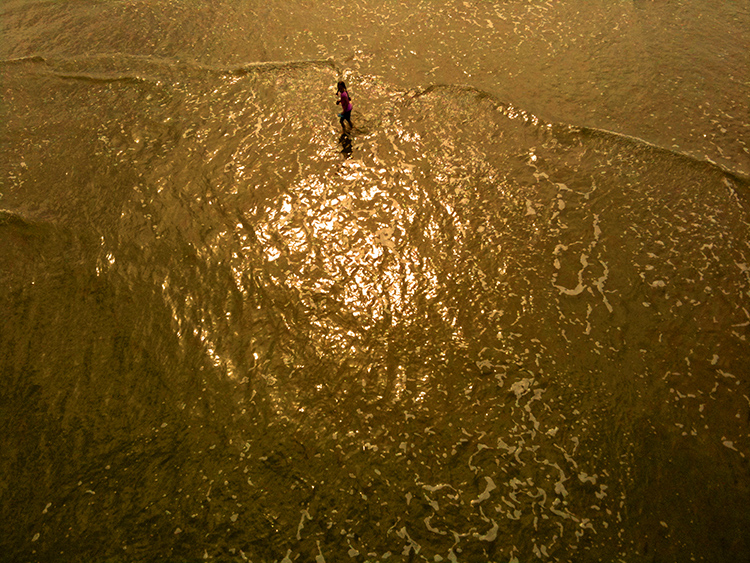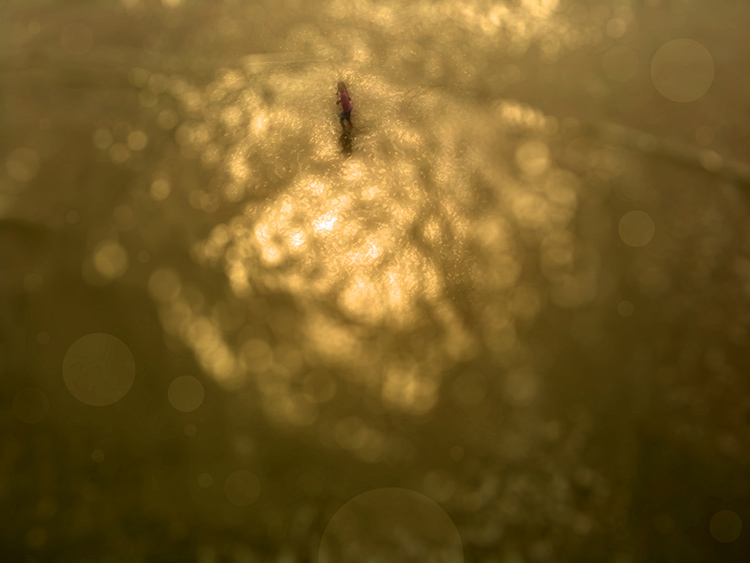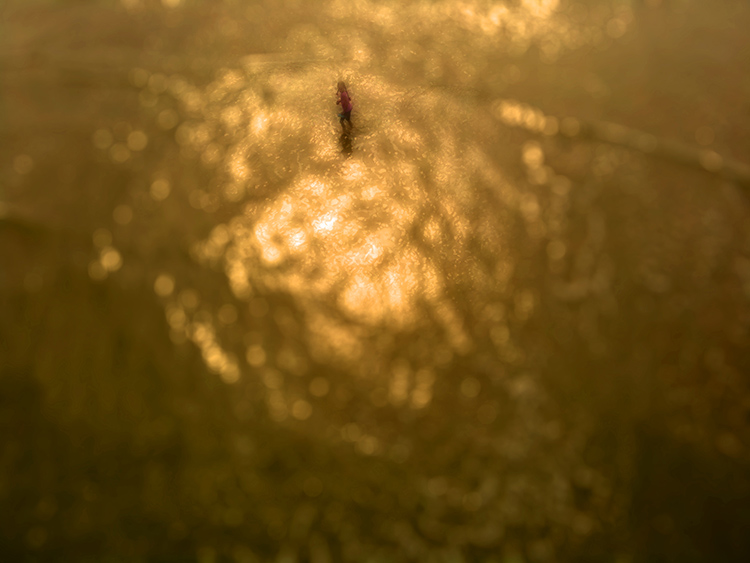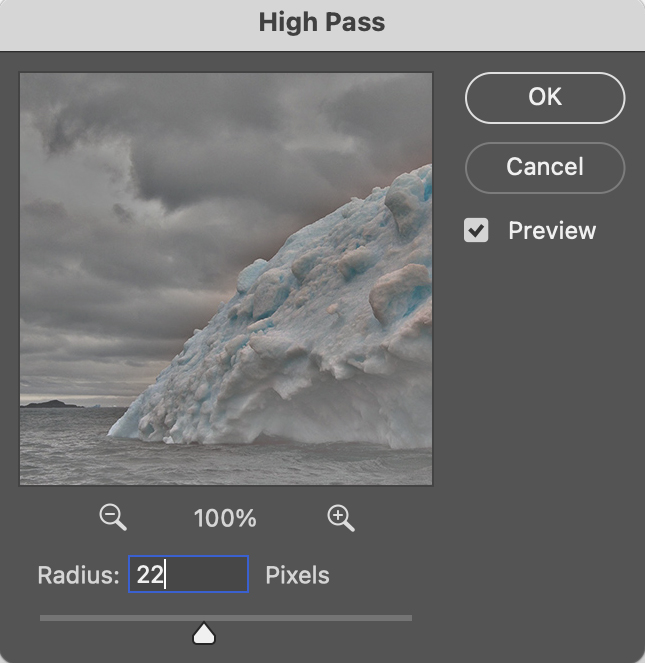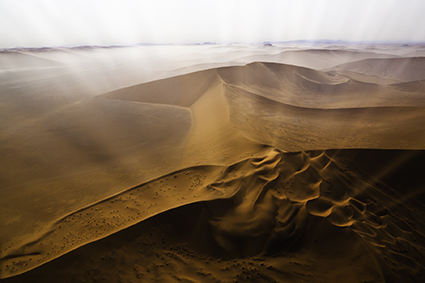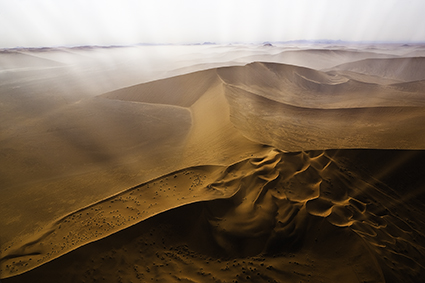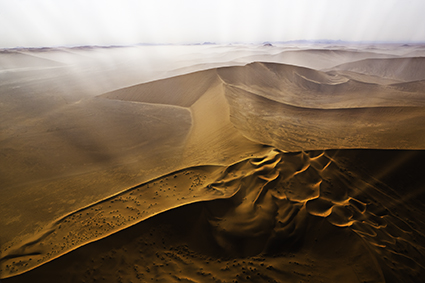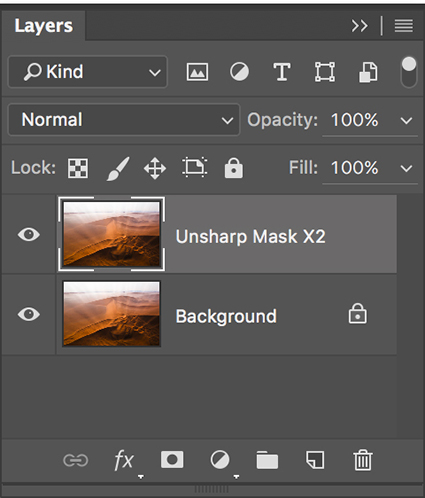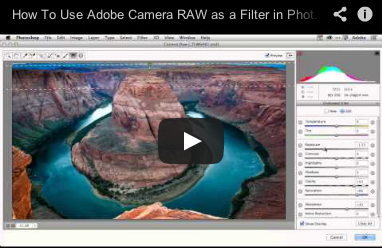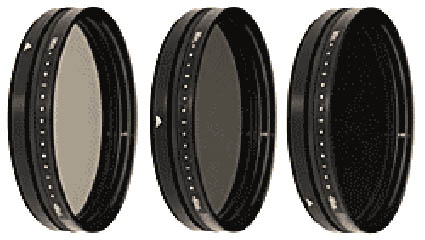How To Use The Future Of Photoshop Filters Now
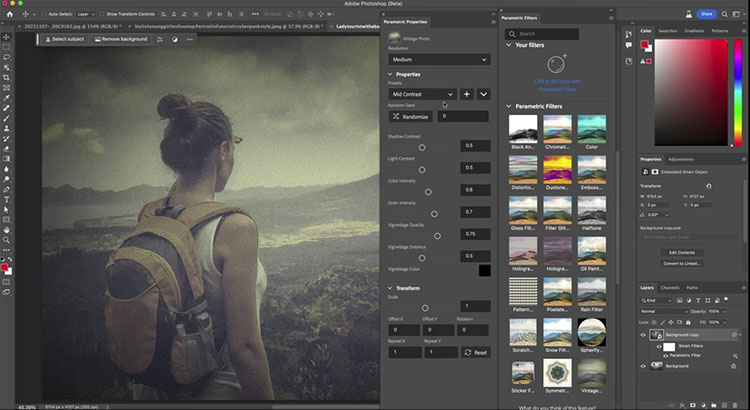
New in Photoshop 2024 Beta, Parametric filters, the ultimate guide. Colin Smith shows you all the different new filters in Photoshop and provides tips on how to make them the most useful.
00:00 Introduction
00:06 How to Get Photoshop beta
00:14 How to Use the Parametric Filters
00:36 Tip for better setup and resolution
02:17 Substance Designer
02:45 Changing and combining filters
03:24 Using Parametric Filters with Layer Masks
05:32 Lightning Round of all Filters
05:36 Black and White Vintage
05:52 Chromatic Aberration
06:12 Color
06:33 Distortion Filter
06:45 Duotone
07:06 Emboss
07:12 Glass Filter
07:44 Filter Glitch
07:56 Halftone
08:12 Hologram
08:29 Hologram 2
08:40 Oil Paint
09:11 Pattern Generator
09:45 Pixelate
09:50 Rain Filter
10:12 Scratch Photo
10:55 Snow Filter
11:13 Spherify
11:46 Sticker
12:00 Symmetry
12:33 Vintage Photo
View more from Colin Smith here.
Learn more in my digital photography and digital printing workshops.


